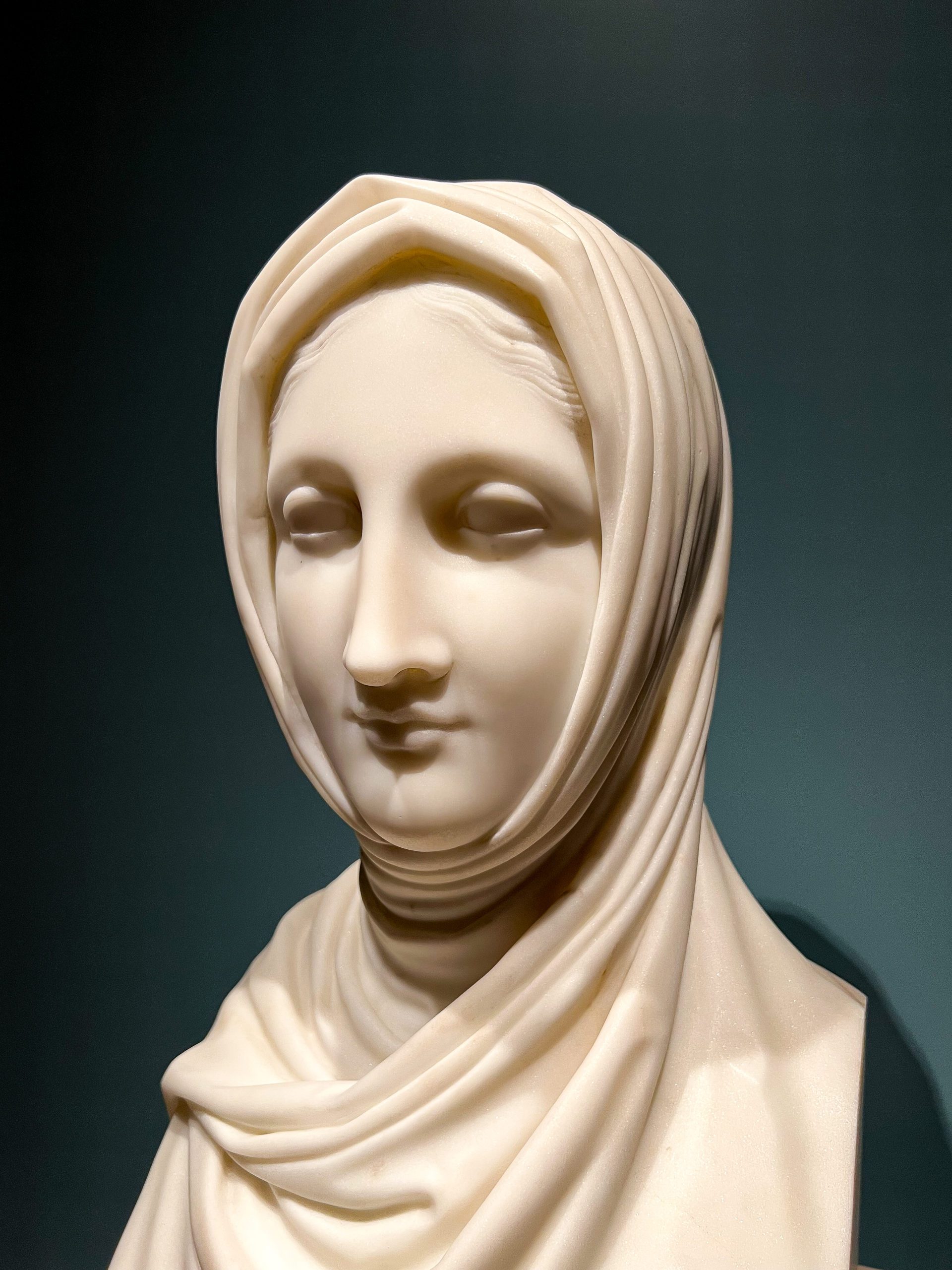Jonna Robison is a passionate travel curator and interior designer who believes in crafting immersive experiences that connect women with culture and community. With her expertise in design and travel, she offers unique journeys that inspire and empower.
favorite categories
DESTINATIONS
design
PEOPLE
recipes
must reads
The Beautiful Beaches of Laguna
A Luxurious Escape to the Sahara Desert
Swedish Strawberry Cake

In Love With Lisbon

Lisbon satiates every sense
Stepping onto a vintage yellow tram, I lurch up hilly lanes, dazzled, as I pass rows of buildings sheathed in the most exquisite hand painted azulejos (tiles) in a multitude of hues and patterns. Laundry is hung from their ironwork balconies and flaps in the breeze. From high on the hill I can see the Tagus River. I imagine the countless people who have sailed its waters over the millennia, from the Romans to the Moors, and from famed explorers, including Vasco da Gama, to the tourists on modern day cruise ships. I step off the tram onto a busy street corner, dodging crazy drivers and chatting pedestrians.
I head to a pastelaria (pastry shop), where I buy a pastel de nata (egg tart), just pulled from the oven. As I sink my teeth into its golden custard, the buttery crust shatters into tiny crumbs. It is pure heaven in a bite, and I can’t help myself from treating myself to another.
As I meander up the street in a historic neighborhood, I hear the melody of fado drifting from a window. Although I don’t understand the words being sung, I can detect the feeling of melancholy in her voice.
Further on, with the hot sun warm on my skin, I poke into a café for a cool drink, just as a waiter walks by with a plate of grilled sardines. These small gifts from the sea, emitting a pungent scent, are so loved by the Portuguese.
This city, overflowing with charm and life, and arousing all of my senses, has captured my heart. I have fallen in love with Lisbon!



National Tile Museum (Museu Nacional do Azulejo)
This gorgeous museum is housed in the former convent of Madre de Deus, founded in 1509. Hand painted tiles (azulejos) from the 15th century to the present are on display, including a panorama of pre-earthquake Lisbon 37 meters long, dating from 1730. The images on this panorama depict what Lisbon looked like before the Great Lisbon earthquake of 1755, which devastated the city. Tiles from Portugal, Turkey, Spain, India and The Netherlands are on display, as well as stories about each country’s contribution to the evolution of this art form. It is quite fascinating to learn about the history of these beautiful works of art, which were initially introduced by the Moors in the 16th century.


Calouste Gulbenkian Museum
Set in the lovely modernist Gulbenkian Garden, this museum showcases one of the most important private collections of international art spanning 5,000 years of history (including from Egypt, Babylonia, Armenia, Persia, Islamic Orient, Europe and Japan). The museum was built in the 1960’s specifically to showcase this collection of approximately 6,000 pieces amassed by the collector, Calouste Gulbenkian on his travels. Gulbenkian was of Armenian descent, born in Turkey. His family left Turkey to escape persecution of the Armenian community. He lived in Cairo, London, then eventually moved to Lisbon, where he lived the remainder of his life.
Over many years, Gulbenkian assembled his collection, housing many pieces of his art in London’s British Museum and National Gallery, as well as in the National Gallery of Art in Washington. His dream was to have the entirety of his collection housed under one room. Several years after his death, his full collection was brought to Portugal and the museum carrying his name was opened. I particularly enjoyed the ancient marble sculptures, antique carpets and glass works by René Lalique.

Fado
Saudade is a uniquely Portuguese word that can not be translated into another single word in any other language. It emanates a feeling of longing or yearning for someone or something one once enjoyed, but has lost… the deep melancholy of remembering and feeling the absence of that which will never again be (for example, the song of a fishwife to her husband, lost at sea). Fado, the style of song unique to Portugal, exudes the feeling of saudade. One can feel the sense of passion or sadness without the need for translating the lyrics. Fado originated in Lisbon the 1820’s, if not earlier, and a visit to Lisbon is not complete without attending a fado performance.

Maria do Mouraria
There are various places to experience a fado performance. I loved the small, intimate and homey venue we attended in Mouraria, the historical Lisbon neighborhood where fado was born. Amongst the orange trees, in a courtyard surrounded by apartments strung with clotheslines, sits a small and cozy house, filled with a handful of tables for guests.
Dinner, consisting of warm bread, olives, cheese and beans, along with vegetable soup, sizzling Portuguese sausage and chicken in tangy mustard sauce with garlic rice, was served by candlelight during the performance. A man and a woman sang several songs both separately and together, as two guitarists strummed on Portuguese guitars. Their fingers, gliding on the strings as quick as lightning, were as mesmerizing to watch as the deeply expressive faces of the vocalists, who were caught up in the emotion of saudade. The setting is authentic and traditional, more so than some larger venues catering to tourists.

For restaurant, shops and hotel recommendations, check out the full Portugal issue of The Loaded Trunk and subscribe free here.


September 7, 2022
Leave a Reply Cancel reply
Sign up for our newsletter for insider news and inspiration
JOIN THE TRUNK CLUB
Jonna Robison is a passionate travel curator and interior designer who believes in crafting immersive experiences that connect women with culture and community. With her expertise in design and travel, she offers unique journeys that inspire and empower.